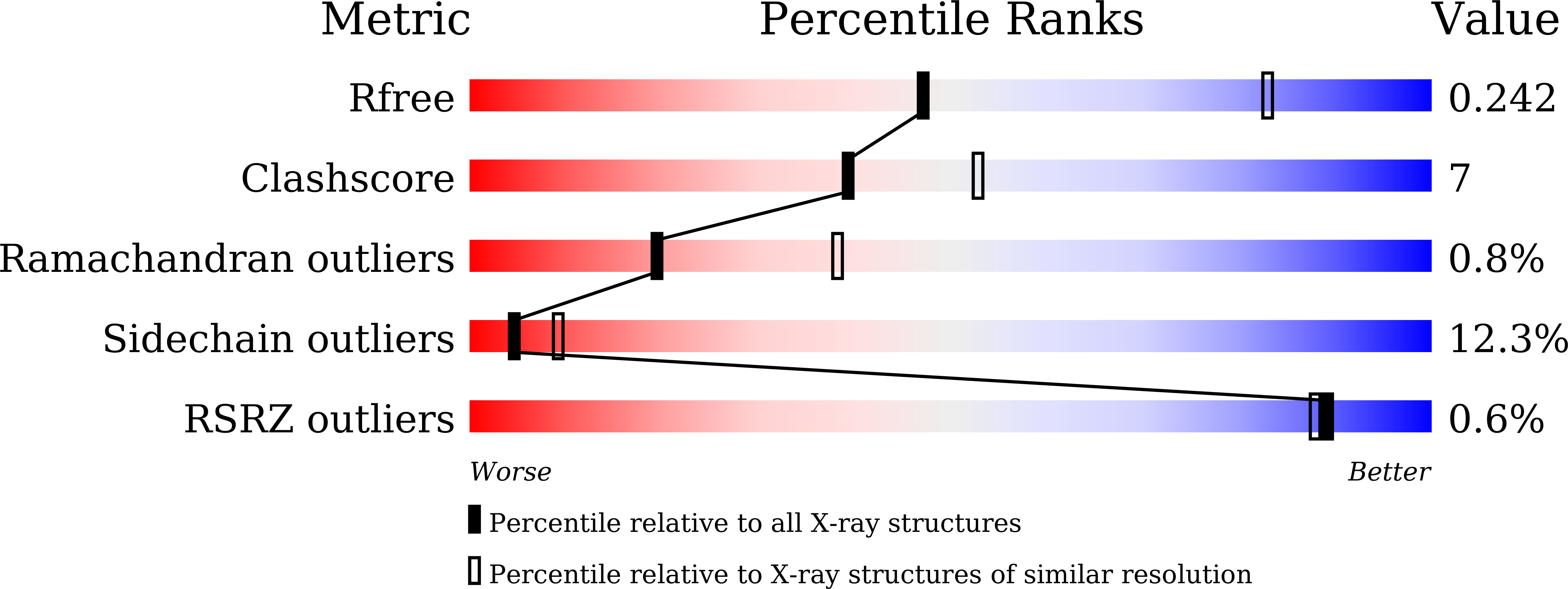
Deposition Date
2021-01-15
Release Date
2021-11-03
Last Version Date
2023-11-29
Entry Detail
PDB ID:
7DW5
Keywords:
Title:
Crystal structure of DUX4 HD1-HD2 domain complexed with ERG sites
Biological Source:
Source Organism:
Homo sapiens (Taxon ID: 9606)
Host Organism:
Method Details:
Experimental Method:
Resolution:
2.83 Å
R-Value Free:
0.24
R-Value Work:
0.22
R-Value Observed:
0.22
Space Group:
P 1


